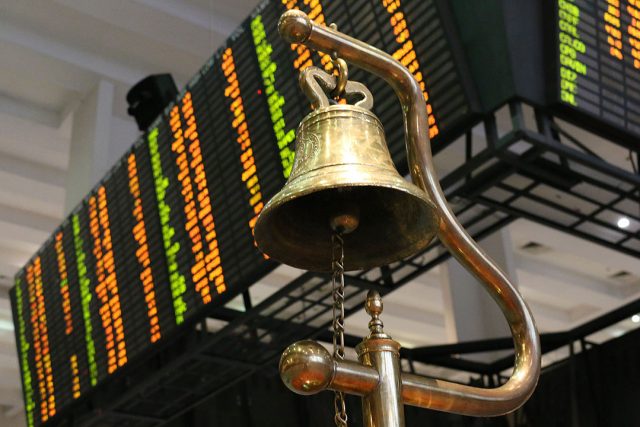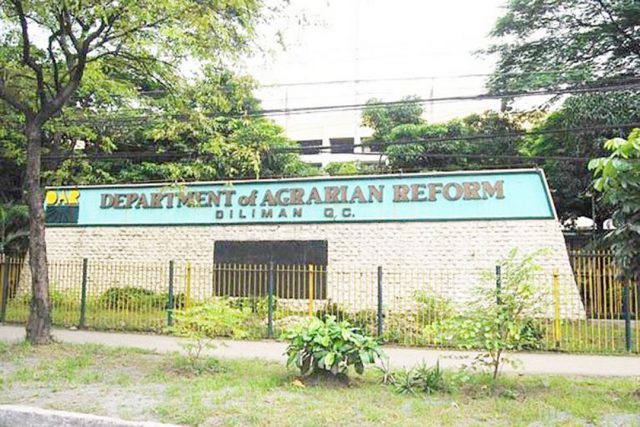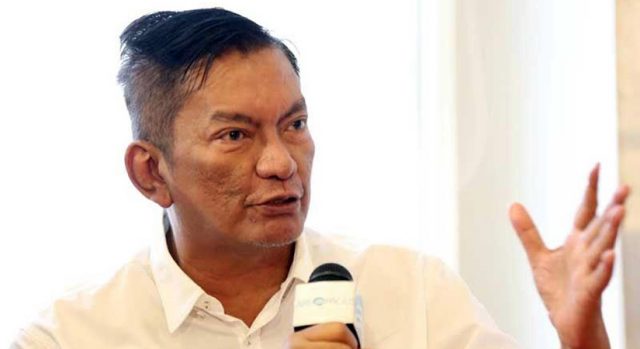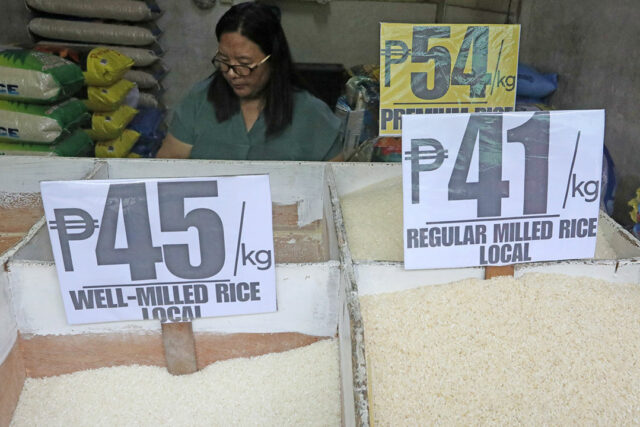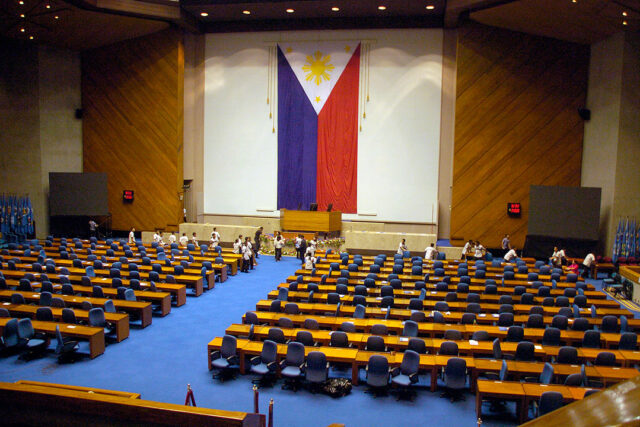Bill cutting stock transaction tax to also lower tax on lotteries, horse racing bets
THE House Ways and Means committee has included amendments to the proposed Capital Markets Efficiency Promotion Act which will lower taxes on lottery winnings as well as the documentary stamp tax imposed on horse racing bettors.
The unnumbered substitute bill included a provision to reduce the tax on winnings above P10,000 awarded by the Philippine Charity Sweepstakes Office (PCSO), as well as lotto winnings, to 10% from the current 20%. Winnings below P10,000 will be exempt.
The Documentary Stamp Tax (DST) on PCSO lottery tickets and horse race bets will also be reduced to 10% from the current 20%.
“The reasonable rates of taxes on lottery winnings and on PCSO tickets will help raise funds for the Universal Health Care Program under Republic Act No. 11223 and other priority health programs of the National Government,” Committee Chairman and Albay Rep. Jose Ma. Clemente S. Salceda told the panel.
The committee approved the Capital Markets Efficiency Promotion bill on Sept. 6.
The measure seeks to lower the stock transaction tax to 0.1% from the current 0.6%.
It also aims to reduce the tax on dividends for non-resident investors to 10% from the current 25%. Mr. Salceda said the provision will help enhance the Philippines’ competitiveness with its neighbors.
“We expanded the definition of ‘shares of stock’ to include warrants, options to buy and sell shares of stock excluding employee stock option plans, other types of derivatives, and transactions representing short selling of securities. This amendment serves to address the uncertainty in tax treatment of secondary transfer or sale through a stock exchange,” Mr. Salceda said.
The Securities and Exchange Commission is tasked by the bill to draft rules governing the market for short sales.
If signed into law, the measure will also eliminate the debt transaction tax, which featured in an earlier version of the bill.
Mr. Salceda has said that the Philippines’ 0.6% stock transaction tax is the highest within Association of Southeast Asian Nations.
“Vietnam and Indonesia only impose 0.1% while other neighboring countries exempt the sale of shares of stock (from tax). This keeps the Philippine bond and equity markets small relative to our regional peers,” he said during last week’s committee meeting.
The Philippine Stock Exchange has 283 listed companies, while other stock exchanges in the region have between 425 and 963, Mr. Salceda said last week. — Beatriz Marie D. Cruz

